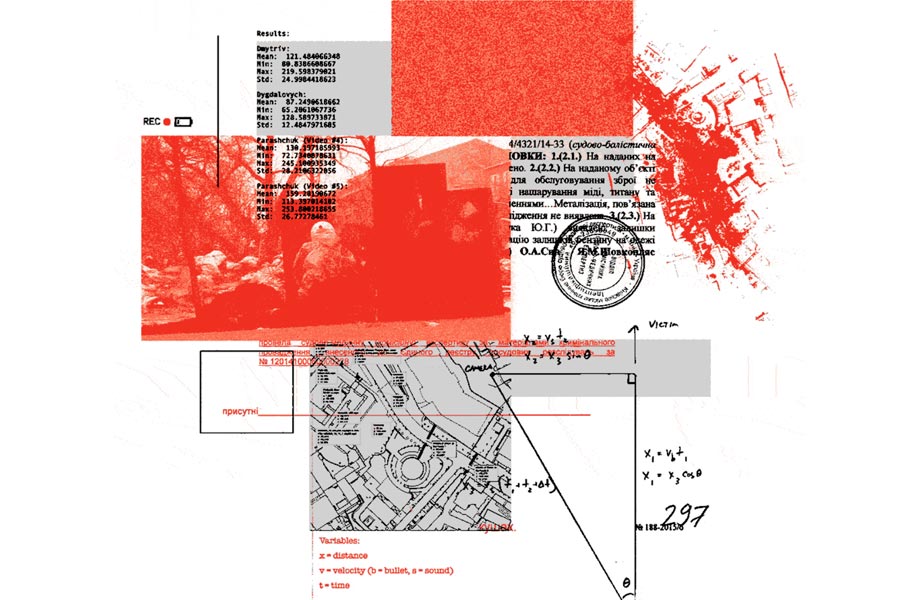
CHRS Project Featured in the New York Times
This article first appeared on New York Times Magazine on May 30, 2018
By: Mattathias Schwartz
On Feb. 20, 2014, Evelyn Nefertari, a graduate student living in western Ukraine, watched as the most violent day in her country’s recent history unfolded. On that morning, paramilitary police forces loyal to President Viktor Yanukovych clashed with protesters in Kiev, who were demonstrating against the government’s tilt toward Russia and away from economic integration with Western Europe. When the tear gas and smoke finally cleared, four police officers and 48 protesters were dead. “They were highly educated intellectuals,” Nefertari told me recently over the phone. “The nation paid a very high price for freedom.” In the aftermath of the confrontation, she decided to assemble the definitive record of what happened. “The whole country was in mourning,” she remembers. “I knew that I should do it.”
Most of the deaths occurred within half an hour along a few hundred feet of streetscape. The scene unfolded before dozens of cameramen, smartphones and security cameras. But these recorded fragments from the day were overshadowed by a fight over what they really showed: The claims of grief-stricken activists, who blamed the Ukrainian paramilitary for shooting the protesters, collided with denials from Yanukovych, who would later testify that the killings were part of a “planned provocation” and “pseudo-operation” carried out by the protesters themselves, a U.S.-backed plot to remove him from power. Pro-Russia sources went even further, pushing the notion that the Feb. 20 killings were a “false flag” operation carried out by snipers associated with the protesters, or mercenaries from the country of Georgia, who were said to have shot down from nearby buildings. To this day, the story continues to circulate on Kremlin-funded media like Sputnik and RT.
